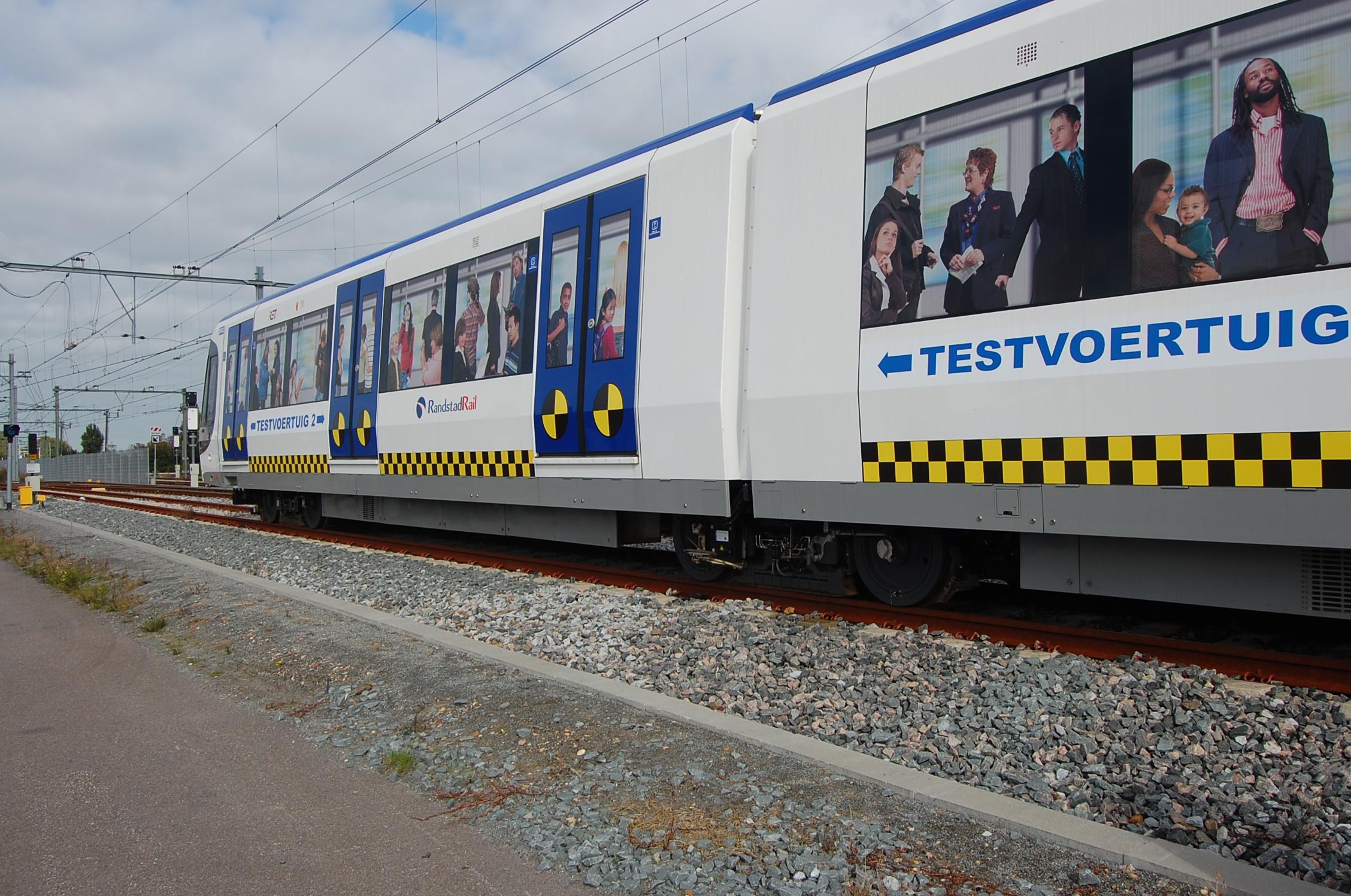
Measuring exterior train noise and finding suitable test locations
Ard Kuijpers: "A train has to comply with a large number of requirements before it is allowed onto the Dutch rail network. There are, for example, restrictions to the amount of noise a train is allowed to produce. Train noise production is determined by a number of factors. Noise emission is influenced by the vehicle itself, the rail roughness and the dynamic properties of the track. Limits have therefore been set for rail roughness and the track decay rate for tracks where the sound emission of the vehicle is measured. There is, in other words, a lot more to a sound measurement than meets the eye. This makes for a varied and extensive job, and one in which we can combine our knowledge of vehicles and track properties."
Time is money
Time is often limited when conducting exterior noise measurements. It is therefore very important that the time available is used as efficiently as possible. Because we measure sound on various channels and at various locations along the track, we can complete enough measurements in the little time we have to determine your vehicle's noise emission. And if necessary, we also have enough data available to determine how to make the vehicle more silent.
Experience
Over the years, we have gained a lot of experience with sound measurements to trains. A good example is the work we carried out for a new train to be allowed onto Randstad light-rail line. Bombardier asked us, as an independent party, to carry out the entire measurement campaign. We chose a measurement location using our ARRoW system. We then measured the rail roughness and dynamic properties of the track in that location This location was used to measure the noise of passing, braking and accelerating trains. We used the information to determine whether the train met the noise requirements as set by the client.
